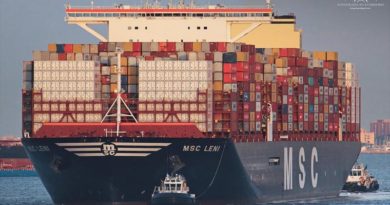Belgian inventiveness helps gain better understanding of the climate on Mars
In October 2016, the ExoMars, a joint probe between the European Space Agency (ESA) and Russian Space Agency (Roscomos), touched down on Mars. It wasn’t until April 2018 that it circled in its regular orbit 400 km above the Martian surface and was finally able to start its scientific mission.
This involves mapping the atmospheric composition of Mars with unprecedented accuracy. This is possible thanks to NOMAD, a precision measuring instrument developed by the Royal Belgian Institute for Space Aeronomy (BIRA-IASB) and various Belgian companies, which is on board the ExoMars. Among other things, it measures trace gases, i.e. gases that are present in minuscule concentrations in the atmosphere.
They give an important indication of how Mars has evolved, both in the past and today. Methane is one of these trace gases, which can indicate the presence of life. Recent research has shown that the concentrations have fallen sharply compared to previous measurements. It is still uncertain exactly how this has happened, making the mystery of methane on the red planet even greater. In June 2018, a gigantic dust storm broke out on Mars, which affected the water in the atmosphere. The amount of water vapor increases after a storm and the water is pushed up to a height of over 80 km, where it leaves the atmosphere. This partly explains the disappearance of water on Mars.
If the riddle is ever solved, we might find out whether people can survive on Mars.



